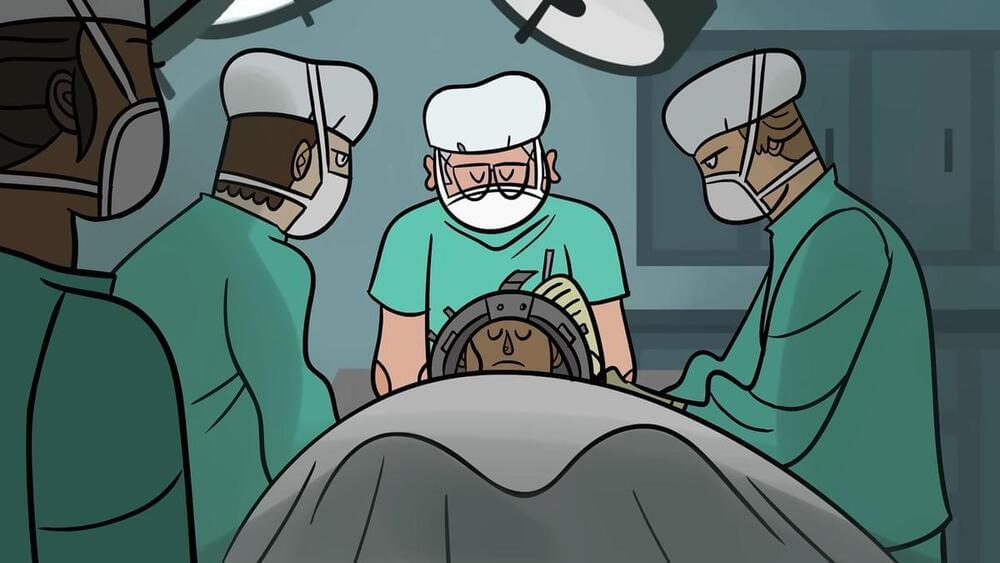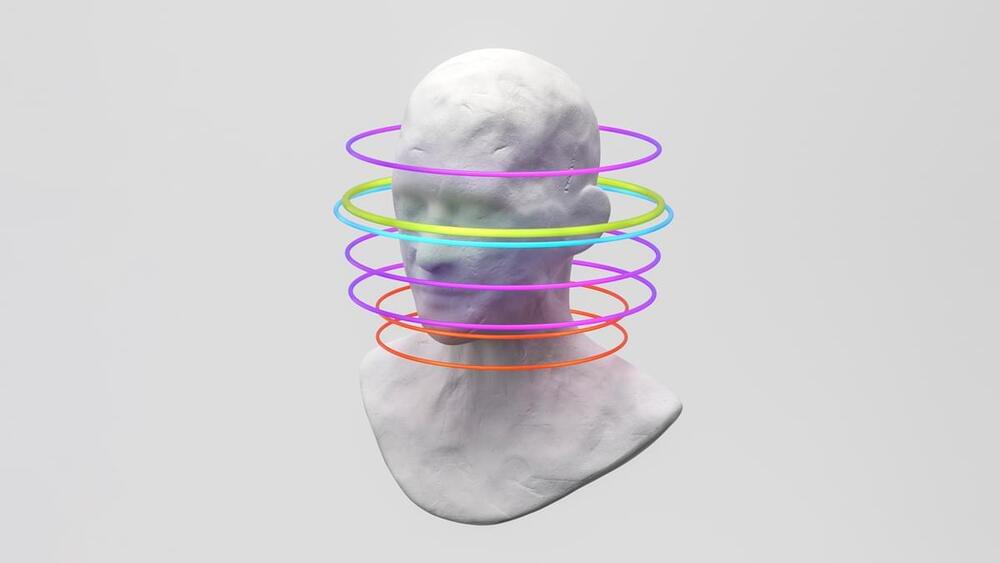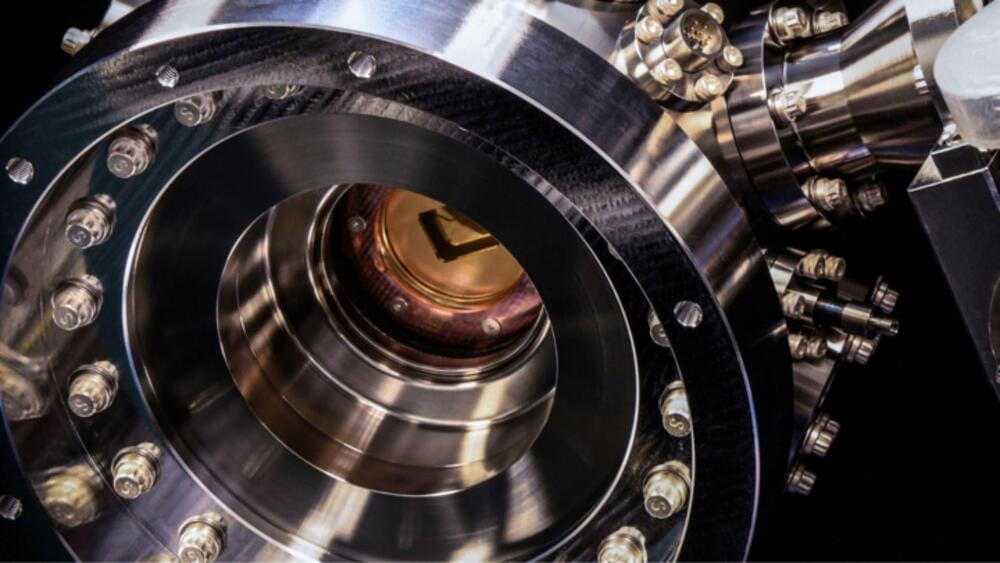‘Are you a mind with a body or a body with a mind?’ The legacy of a 1970 ‘head transplant’ experiment performed on monkeys.





Grenergy, a Spanish independent power producer focused on the development of PV, wind, and energy storage projects, has announced the arrival of 105 BYD batteries at the port of Iquique, Chile.
Grenergy said that the Chipol Guangan cargo ship, arriving after a 42-day journey from Dachan, China, has delivered 1,050 MC Cube ESS battery modules with a total storage capacity of 600 MWh. The modules will support the Oasis de Atacama solar-plus-storage project in Chile.

From the early days of mechanical automatons to more recent conversational bots, scientists and engineers have dreamed of a future where AI systems can work and act intelligently and independently. Recent advances in agentic AI bring that autonomous future a step closer to reality. With their supercharged reasoning and execution capabilities, agentic AI systems promise to transform many aspects of human-machine collaboration. The agentic AI prize could be great, with the promise of greater productivity, innovation and insights for the human workforce. But so, too, are the risks: the potential for bias, mistakes, and inappropriate use. Early action by business and government leaders now will help set the right course for agentic AI development, so that its benefits can be achieved safely and fairly.
Page-utils class= article-utils—vertical hide-for-print data-js-target= page-utils data-id= tag: blogs.harvardbusiness.org, 2007/03/31:999.397606 data-title= What Is Agentic AI, and How Will It Change Work? data-url=/2024/12/what-is-agentic-ai-and-how-will-it-change-work data-topic= Generative AI data-authors= Mark Purdy data-content-type= Digital Article data-content-image=/resources/images/article_assets/2024/12/Dec24_12_1450615814-383x215.jpg data-summary=
The next era of human-machine collaboration will present new opportunities and challenges.

A new study reveals a ‘nano-switch’ in ferredoxin that affects its electron transfer, which could lead to advancements in sensors and drug development.
Researchers in Japan have discovered a mechanism for controlling the potential of an “electron carrier” protein in the redox reaction that all organisms need to obtain energy. Through experiments, the precise 3D structure of the protein, including hydrogen atoms, was determined, and theoretical calculations using this data visualized the electronic structure of the iron-sulfur cluster.
The results revealed, for the first time, that the electric potential of the iron-sulfur cluster changes dramatically depending on the presence or absence of a single hydrogen atom at an amino acid side chain, a so-called “nano-switch” mechanism. This research, recently published in the journal eLife, not only deepens our scientific understanding of biological reactions but also provides crucial insights for the future development of ultra-sensitive sensors for oxygen and nitric oxide, as well as novel drugs.

Patreon: https://www.patreon.com/seanmcarroll.
Blog post with audio player, show notes, and transcript: https://www.preposterousuniverse.com/podcast/2024/12/09/298-…the-brain/
The number of neurons in the human brain is comparable to the number of stars in the Milky Way galaxy. Unlike the stars, however, in the case of neurons the real action is in how they are directly connected to each other: receiving signals over synapses via their dendrites, and when appropriately triggered, sending signals down the axon to other neurons (glossing over some complications). So a major step in understanding the brain is to map its wiring diagram, or connectome: the complete map of those connections. For a human brain that’s an intimidatingly complex challenge, but important advances have been made on tinier brains. We talk with Jeff Lichtman, a leader in brain mapping, to gauge the current state of progress and what it implies.
Jeff Lichtman received an MD/PhD from Washington University in St. Louis. He is currently the Jeremy R. Knowles Professor of Molecular and Cellular Biology and Santiago Ramón y Cajal Professor of Arts and Sciences at Harvard University. He is co-inventor of the Brainbow system for imaging neurons. He is a member of the National Academy of Sciences.
Mindscape Podcast playlist: https://www.youtube.com/playlist?list=PLrxfgDEc2NxY_fRExpDXr87tzRbPCaA5x.
Sean Carroll channel: https://www.youtube.com/c/seancarroll.
#podcast #ideas #science #philosophy #culture
Brilliant is a great place to improve your problem solving skills! First 30 days are free and 20% off the annual premium subscription when you use our link ➜ https://brilliant.org/sabine.
This is a brief comment on the recent social media episode in which a young woman attracted a lot of attention by graduating with a thesis on olfactory suppression in English prose. In this video, I try to put these events into context. I find it difficult to wrap my head around the sudden outrage. Let me know what you think about this.
🤓 Check out my new quiz app ➜ http://quizwithit.com/
💌 Support me on Donorbox ➜ https://donorbox.org/swtg.
📝 Transcripts and written news on Substack ➜ https://sciencewtg.substack.com/
👉 Transcript with links to references on Patreon ➜ / sabine.
📩 Free weekly science newsletter ➜ https://sabinehossenfelder.com/newsle…
👂 Audio only podcast ➜ https://open.spotify.com/show/0MkNfXl…
🔗 Join this channel to get access to perks ➜
/ @sabinehossenfelder.
🖼️ On instagram ➜ / sciencewtg.
#science #sciencenews #academia
